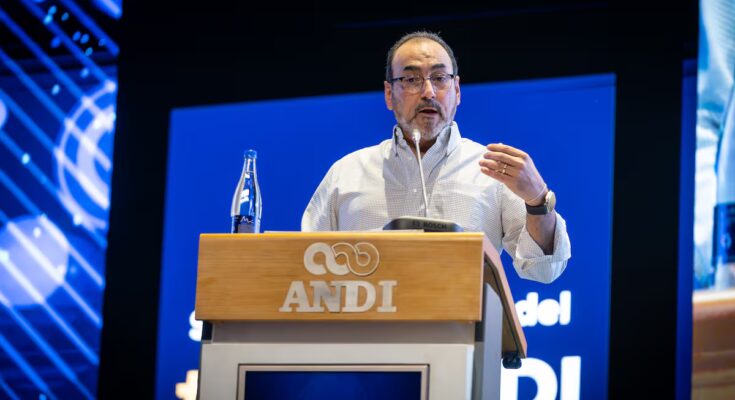The CAF-Development Bank of Latin America and the Caribbean announced on Saturday from the Caribbean city of Santa Marta its decision to allocate $40 billion to promote green growth in Latin America and the Caribbean over the next five years. “This is an unprecedented investment by a development bank in Latin America and the Caribbean, demonstrating our commitment to a more sustainable, fairer and more prosperous region,” said Sergio Díaz-Granados, executive president of the multilateral entity, from his hometown.
“In 2021, we set a goal to become the green bank of Latin America and the Caribbean, and we expect at least 40% of approvals to be green by 2026. We have already achieved this goal in 2024. With today’s announcement, we will increase our green financing to 50% by 2030,” he concludes.
The announcement, which represents a commitment to climate action, energy transition and the protection of biodiversity in the region, takes place in the framework of the Summit between the Community of Latin American and Caribbean States and the European Union, or CELAC-EU Summit, in Santa Marta. There, among other issues relating to the relationship between the two blocs that amount to 60 countries, on the table is the contribution of both parties to environmental sustainability in a region that hosts 60% of the entire world’s biodiversity, in biomes as fundamental for the entire globe as the Amazon.
The announcement comes just as COP 30, the United Nations conference on climate change, which began last November 6th and will end on the 31st, is taking place in Belém de Pará, Brazil.
The CAF’s millionaire investment, an amount higher than the GDP of El Salvador in 2024, has among its objectives the financing of the conservation of strategic ecosystems such as the Amazon, Patagonia in the south of the continent, the northern moors of the Andes mountain range or the mangroves. Furthermore, it seeks to promote climate action, with an emphasis on equitable energy transition, water security, sustainable mobility, agricultural prosperity and, above all, financing sustainable growth.
To achieve this objective, it adds several strategies, from the traditional financing of public or private projects to green lines of credit to financial institutions, through the promotion of sustainable public policies in all States or debt-nature exchange, such as the one already carried out by CAF in El Salvador, with 1 billion dollars with which El Salvador has prepaid a more expensive debt and will allocate the savings to a program of protection and recovery of the Lempa River, the main source of drinking water and energy in the country.



